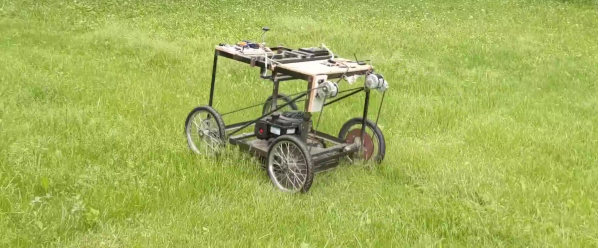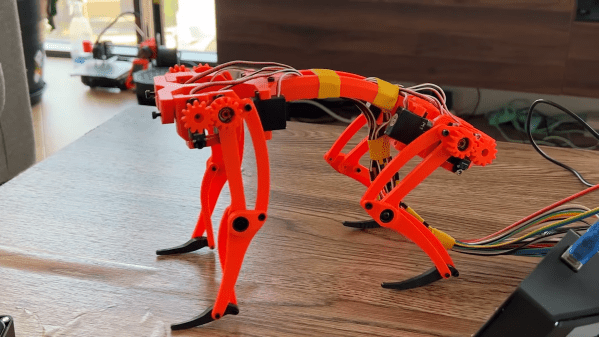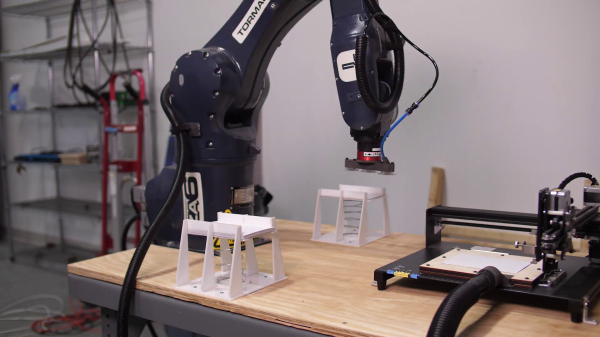Before the Chernobyl Nuclear Power Plant (ChNPP, spelled ‘Chornobyl’ in Ukrainian) disaster in 1986, there had been little need for radiation-resistant robots to venture into high-risk zones.

Yet in the aftermath of the massive steam explosion at the #4 reactor that ripped the building apart — and spread radioactive material across the USSR and Europe — such robots were badly needed to explore and provide clean-up services. The robots which were developed and deployed in a rush are the subject of a recent video by [The Chornobyl Family].
While some robots were more successful than others, with the MF-2 remote mine handling robot suffering electronic breakdowns, gradually the robots became more refined. As over the years the tasks shifted from disaster management to clean-up and management of the now entombed #4 reactor, so too did the robots. TR-4 and TR-5 were two of the later robots that were developed to take samples of material within the stricken reactor, with many more generations to follow.
The video also reveals the fate of many of these robots. Some are buried in a radioactive disposal site, others are found on the Pripyat terrain, whether set up as a tourist piece, or buried in shrubbery. What’s beyond doubt is that it are these robots that provided invaluable help and saved countless lives, thanks to the engineers behind them.
Continue reading “The Many Robots That Ventured Into The Chernobyl NPP #4 Reactor”

















